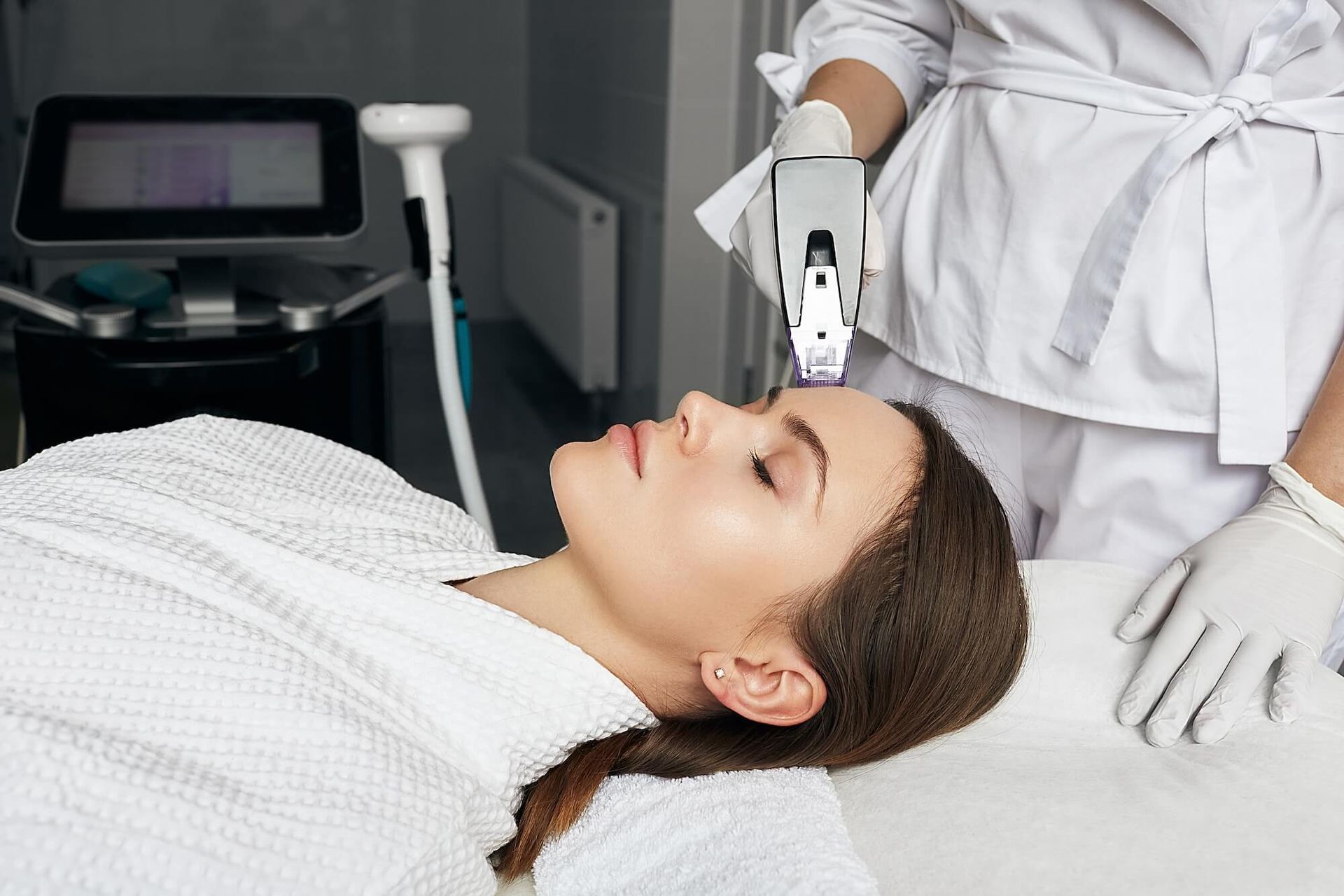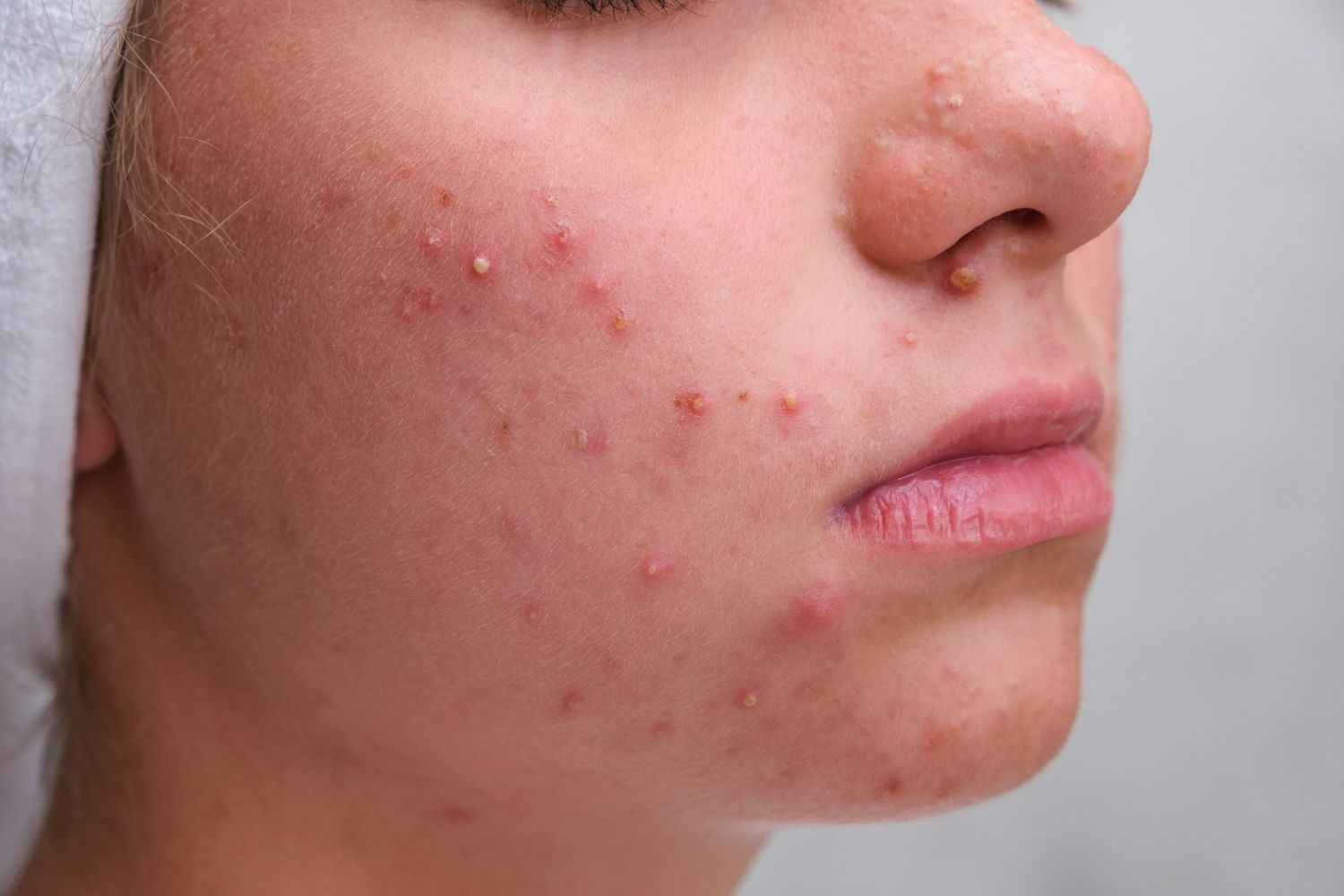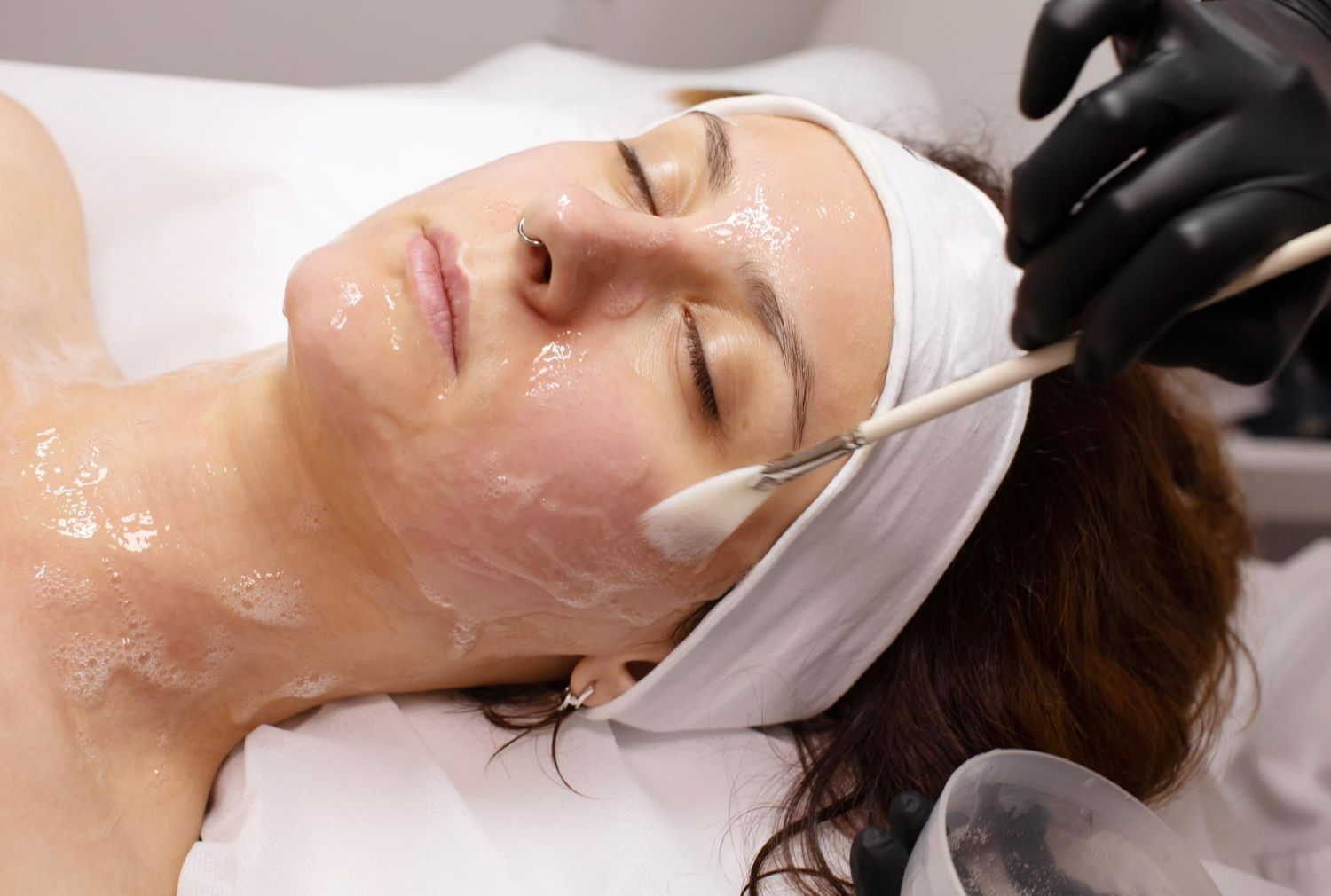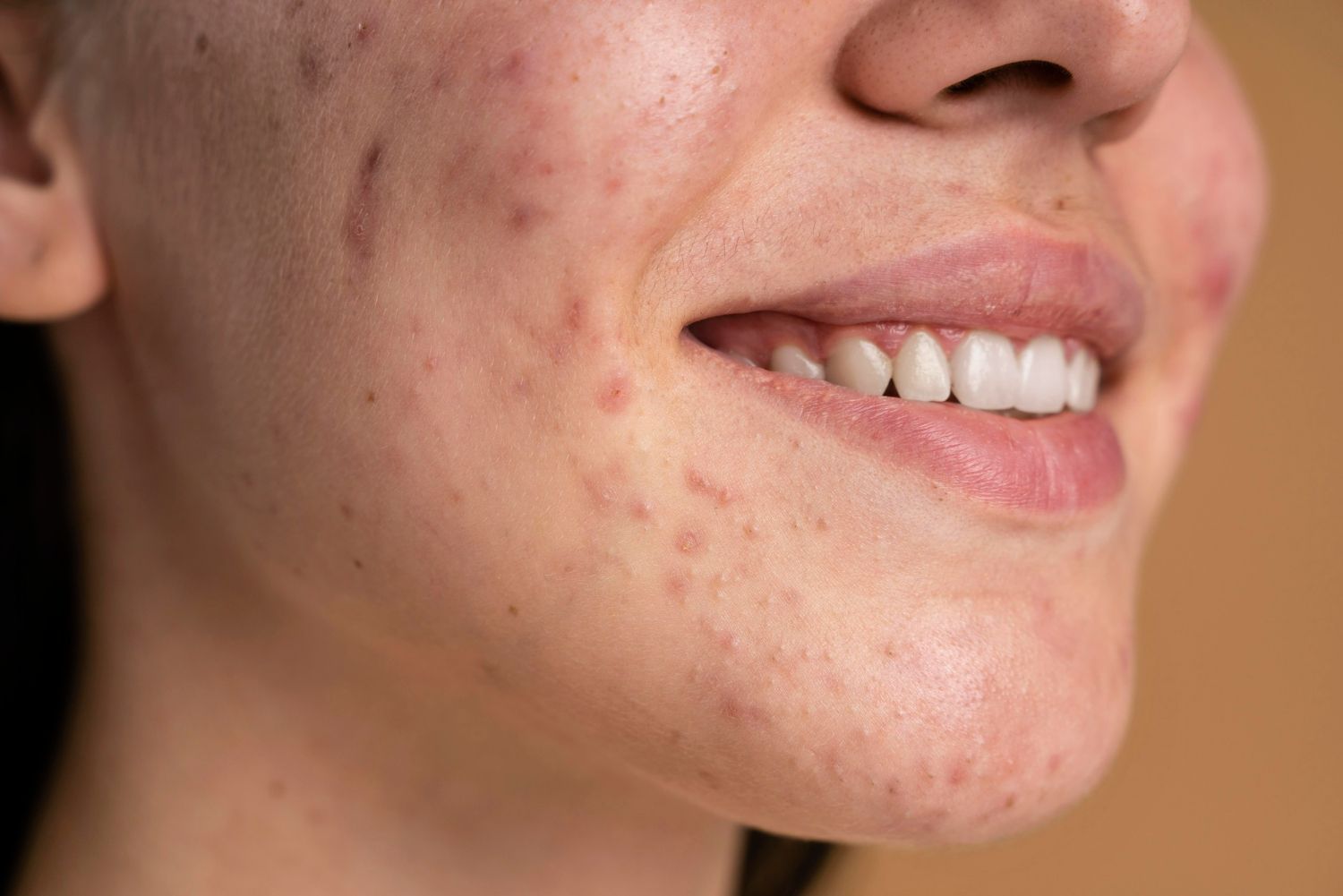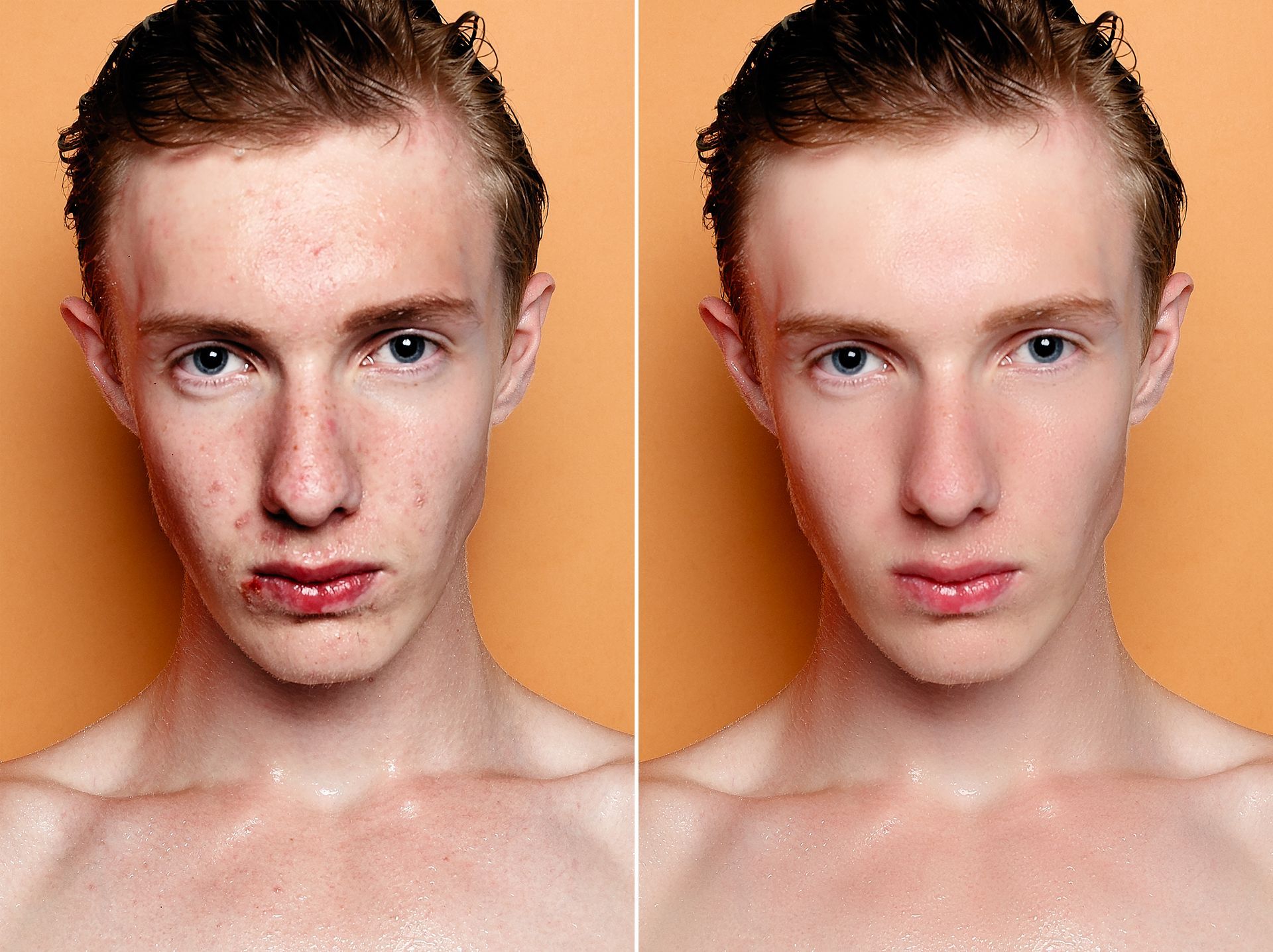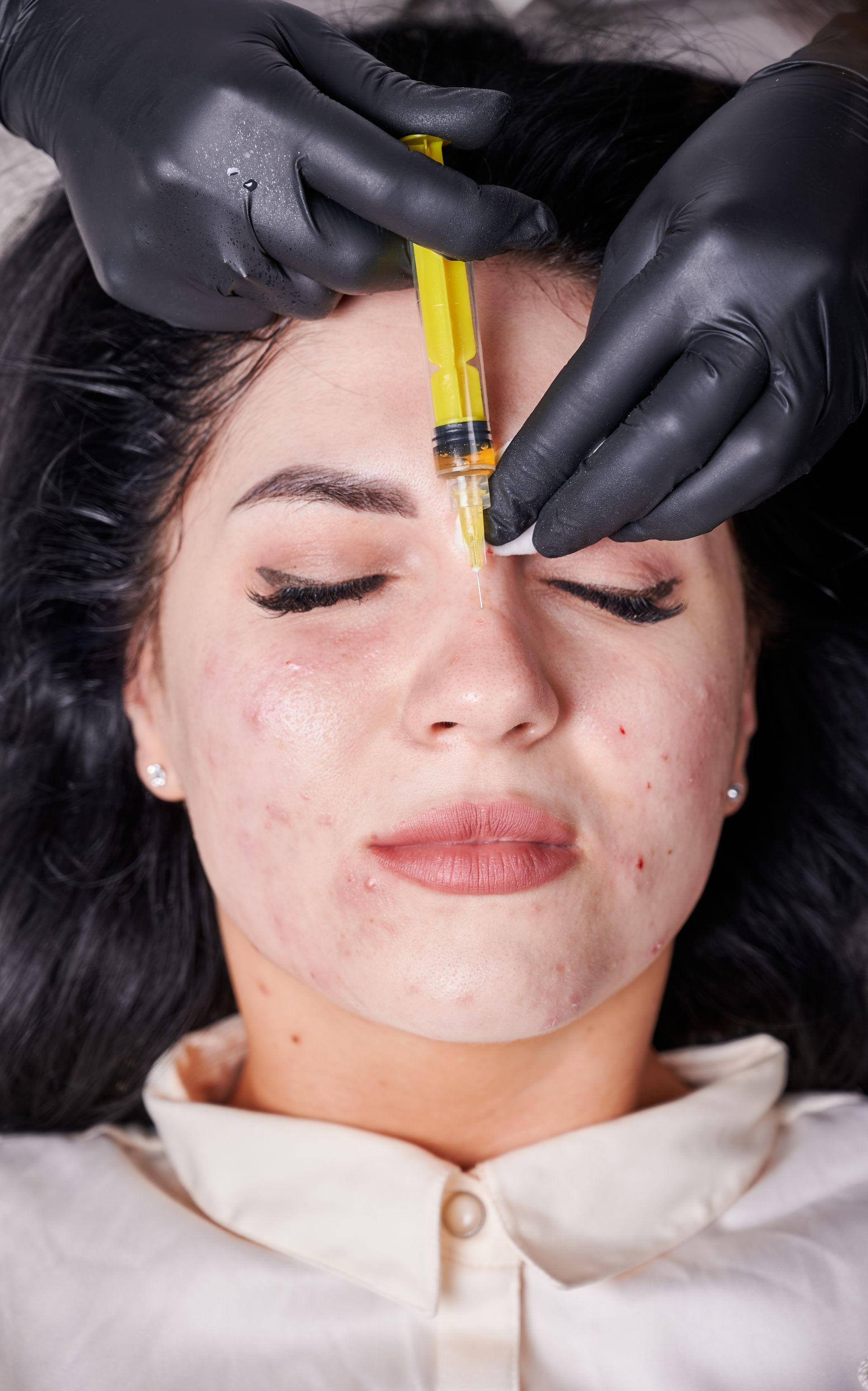What is Mole Mapping? Understanding Its Role in Early Skin Cancer Detection and Prevention
Key Takeaways
- Mole mapping is a vital diagnostic tool used to monitor moles for signs of skin cancer. It involves taking detailed photos of your moles and monitoring them over time to detect early signs of skin cancer, especially malignant melanoma, the most common deadly skin cancer.
- Routine mole mapping reduces the number of biopsies and therefore biopsy scars.
- Recognizing the warning signs of suspicious moles can be life-saving.
- The most common anatomic location to develop melanoma is on the back; unfortunately, it is very difficult to monitor your own back – this is a huge benefit of mole mapping.
- Regular self-checks and professional screenings by a board certified dermatologist such as Dr. Alanen are essential for detecting skin changes early. Mole mapping is only a tool; it does not replace the expertise that is achieved by board certification in dermatology. Look for the designation “Fellow or the Royal College of Physicians and Surgeons of Canada (FRCPC)”. This is the only officially accepted designation of expertise in Canada.
- Technological advancements have made mole mapping more accurate and widely available than ever before.
Understanding your skin and taking proactive steps to monitor and protect it are key to preventing skin cancer. Routine mole mapping, combined with regular skin checks, sun smart behaviours (e.g. minimizing sun exposure, regular use of sunscreen, UV-filtering clothing, hats etc.), are your best defense against skin cancer.
The Importance of Mole Mapping: “Mole Patrol”
Consider your skin as a map; it's filled with landmarks and distinctive spots. This is how mole mapping works. This technology accurately tracks moles and other spots. Dr Alanen, Board Certified Dermatologist, often says “…..Every melanoma cancer looks different than every other melanoma cancer – the only thing they all have in common is the tendency to change over time”. The mapping technology, by virtue of its extreme accuracy, can detect subtle change before the human eye can. This helps Dr. Alanen to detect potentially ominous lesions at the earliest possible stage. Dr Alanen goes on to say that “….The flip side to this is that slightly abnormal but unchanging / stable lesions do not need to be removed. Hence fewer biopsy scars”. At Derm.ca, we offer highly-rated mole mapping services and integrate them with Revoderm’s dermatologist-developed skin care products for comprehensive care.
Getting to Know Skin Cancer
Skin cancer is not just a single disease – there are many different subtypes but the most common are basal cell carcinoma, squamous cell carcinoma and malignant melanoma. All skin cancers appear very subtle at first (but this is when cures are easiest and least invasive). That's why it's critical to know your skin, from top to bottom.
First and foremost, skin cancer doesn't discriminate. Regardless of your skin color or how much you love or hate the sun, you can get skin cancer. It's the most common cancer of humans, but it's also one of the most preventable. Prevention begins with paying attention to your skin; mole mapping helps you take this to the next level.
Saving Lives Through Early Detection
Early detection can make a huge difference when it comes to skin cancer. Most skin cancers, including the dangerous melanoma, can often be cured with simple treatments if they are found early. This is why mole mapping is so important – it's an effective method to detect changes in the skin before they turn into serious issues.
Demystifying Mole Mapping
What Exactly Is Mole Mapping?
Mole mapping involves taking detailed photos of your moles, including those in hard-to-reach areas, and monitoring them over time. This helps detect early signs of skin cancer, providing peace of mind. Please be aware that not all changes are serious; as Dr Alanen says “….all melanomas change over time but not all things that change are melanomas. Mole mapping is a very useful tool, but this does not replace the expertise that comes from formal training and board certification in dermatology and decades of professional experience”. It’s particularly important for those with many moles or a family history of skin cancer. By comparing detailed images over time, dermatologists can predict potential skin cancers without immediate biopsies, reducing unnecessary procedures and scarring.
Brief Overview of the Mole Mapping Procedure
While the primary focus should be on the benefits and importance of mole mapping, it's helpful to know what the procedure involves:
- Initial Consultation
During your first visit, a dermatologist will conduct a comprehensive skin examination to assess your moles and identify any areas of concern. - Photographic Documentation
High-resolution images of your moles are taken, including those in hard-to-reach areas like between the toes. This detailed photographic documentation serves as a baseline for future comparisons. - Regular Monitoring
The images are reviewed and compared over time to detect any changes or abnormalities in your moles. This allows for early detection of potential skin cancers. - Follow-Up Appointments
Regular follow-up appointments are scheduled to ensure any changes in your moles are promptly identified and addressed.
Skin Protection Strategies
Sunscreen is your skin's best friend when it comes to protection. It acts like a barrier, blocking the harmful rays of the sun that can cause skin cancer. Even sunscreens with SPF 15 can provide essential protection when formulated with high-quality ingredients like 20% zinc oxide, Venuceane™ antioxidants and Vitamin C. A higher SPF doesn't always mean significantly more protection and can sometimes give a false sense of security. It's crucial to reapply sunscreen every two hours and apply it as the last step in your skincare routine, before makeup, and 15 minutes before sun exposure. Apply sunscreen every day, even if it's cloudy or in winter time. It's a small step that can have a big impact.
In addition to sunscreen, wear hats, sunglasses, and seek shade during peak sun hours. Avoid tanning beds; use self-tanners for a safer glow.
How to Do a Self-Check
Monthly, use a mirror to check your entire body for new moles or changes. Look for moles that are asymmetrical, have irregular borders, different colors, or have changed over time. Follow the ABCDEs of mole checks. The ABCDEs are guidelines, not rules. They are NOT a replacement for a visit to the dermatologist. Many lesions violate ABCDE and are innocent and many serious lesions do not violate these rules.
Information Source: Canadian Skin Cancer Foundation
When to Contact a Specialist
You should be aware that most skin cancers that are found are a complete surprise to the patient – in the majority of instances, the bad moles are NOT those that the patient finds, it is the ones that are found on a formal skin check. If you have a history of sunburns, suntans, fair skin, freckles, blue or green eyes, blonde or red hair, you are at increased risk of developing skin cancer. You should have a baseline skin check by a board-certified dermatologist. When you notice an unusual or changing spot, it's time to see a dermatologist, a doctor who specializes in skin. They can tell if a mole is harmless or if it needs to be monitored. It's always better to be safe than sorry, so get it checked.
Progress in Skin Care Technology
Keeping an eye on your skin health is now simpler with the help of technology. Apps and high-resolution imaging now allow you to monitor your skin changes over time. This means you can identify any worrying changes faster than ever before.
Modern Mole Mapping Tools
There are ever-evolving technologies for mole mapping. These tools use sophisticated algorithms to monitor changes. The mole mapping system at Derm.ca is not augmented by AI technology (which is not legally cleared in Canada).
What to Do Next
Now that you know more about skin cancer, it's time to take proactive steps to protect your health. Begin by regularly checking your skin and consider scheduling an appointment for professional mole mapping. Acting early, rather than waiting until you see a suspicious mole, is key to staying healthy.
Where Can You Find Reliable Information?
For more information on skin cancer and mole mapping, visit trustworthy resources such as the Canadian Dermatology Association (CDA) or the Canadian Skin Cancer Foundation. These sites offer comprehensive guides, prevention tips, and the latest research to keep you informed and protected.
Caution with Mole Tracking Apps
While mole tracking apps and online tools are becoming more popular and precise, use them with caution. These apps can vary in accuracy and might give false alarms or underestimate ominous lesions, causing unnecessary anxiety or delayed consultations. Always prioritize professional oversight for accurate skin health monitoring. Expert advice from healthcare professionals ensures proper diagnosis and treatment.
Comprehensive Skin Care All Under One Roof at Derm.ca
At Derm.ca, we offer the entire range of skin care services - all in one beautiful place. During cosmetic laser treatments, if something suspicious is noticed, Ildikó Juhasz, our CEO, Laser Treatment Specialist, and Revoderm Innovator, can refer you immediately to Dr. Ken Alanen, our Board Certified Dermatologist & Skin Cancer Surgery expert. Laser treatments enhance your skin and can help reduce cancer risk by removing precancerous lesions. No referrals are needed in this scenario.
Board Certified Dermatologist Dr. Alanen provides seamless care, from skin checks to biopsies and surgeries, and follow-up surveillance, ensuring you receive prompt, seamless and thorough attention. This clinic practice model represents the ultimate approach to skin cancer diagnosis, treatment and prevention. It mirrors the approach taken by the leading skin cancer subspecialty clinics in North America, Europe and Australia and it reflects 15+ years of continuous quality improvement by Dr Alanen and Ildikό Juhasz.
In addition to mole mapping, we also use advanced facial skin analysis technology. This cutting-edge system gives detailed insights into the health of your facial skin, helping to spot potential issues early. This technology works alongside our mole mapping services, offering a complete view of your skin's condition and allowing for more precise and personalized treatment plans. In a future blog post, we will dive deeper into how this technology can further enhance your skin care routine.
Costs and Coverage Information
For skin cancer checks and mole mapping, the cost is $290 per session.
How to Schedule a Mole Mapping Appointment
Scheduling a mole mapping appointment at Derm.ca is simple and straightforward.
During your appointment, we will conduct a thorough skin examination and mole mapping session to ensure your skin health is meticulously monitored. Here’s how you can set it up:
Visit Our Website
Head over to our
Derm.ca appointment page to easily book your mole mapping session online.
Call Us Directly
Give us a call at (403) 457-1900. Our friendly team is ready to help you schedule your appointment and answer any questions you might have.
After your skin check and/or mole mapping session, you will be included in our system for follow-up and monitoring. Please note that if the service is not through a referral, it is specifically designed to address skin cancer concerns and is not intended for other conditions such as eczema for example. At Derm.ca, we are committed to providing top-quality care and ensuring the best outcomes for our patients.
Common Questions and Answers
If you're left with lingering questions, that's a good thing – questions lead to answers. Here are responses to some of the most common questions about skin cancer and mole mapping.
What is skin cancer and why should we be concerned?
Skin cancer is a condition where skin cells grow uncontrollably. It's concerning because if not detected early, it can spread to other parts of the body and become harder to treat. Early detection usually leads to effective treatment.
How frequently should I have my skin examined?
Check your skin once a month and schedule a yearly appointment with a dermatologist. If you're at higher risk due to factors like fair skin, many moles, freckles, or a family history of skin cancer, you may need more frequent check-ups. Typically, mole mapping is recommended twice a year at first, then annually if you are not at high risk.
What is mole mapping and how does it work?
Mole mapping involves taking detailed images of your moles and tracking them over time for any changes. This helps in early detection of potential skin cancers.
How accurate is mole mapping?
Mole mapping is highly accurate and effective for detecting skin cancer, particularly melanoma. However, it should complement, not replace, regular skin exams by a healthcare provider.
Is mole mapping safe and painful?
Yes, mole mapping is a safe, non-invasive, and painless procedure. It involves taking high-resolution images of your skin and moles.
Can mole mapping be used on all skin types?
Yes, mole mapping works on all skin types and tones, providing accurate monitoring for everyone.
Is mole mapping covered by insurance?
Coverage for mole mapping varies by insurance plan. Check with your provider to determine your coverage. Note that visual skin checks are covered by the Alberta Health Care Insurance Plan (AHCIP) with a referral, and all biopsies and treatments are covered by the health plan.
Can mole mapping be used on children?
Yes, mole mapping can be used for children. While skin cancer is rare in children, monitoring moles is important for those with many moles, significant sun exposure, or a family history of skin cancer. Early detection through regular check-ups with a dermatologist can help catch potential issues early.
How long does a mole mapping appointment take?
A mole mapping appointment typically takes about 45 minutes, including image capture and review.
How much does mole mapping cost?
To expedite skin cancer checks without the need for a referral, the cost ranges from $250 to $290, including advanced technology like mole mapping. For accurate pricing information, it’s best to contact the clinic directly.
How should you prepare for a mole mapping appointment?
Before your appointment, remove all make-up, moisturizers, tanning products, sunscreen, and nail polish. If you have a full-body tan, allow about three weeks for it to fade. Wear loose, comfortable clothing for easy access to your skin.
Can mole mapping detect all types of skin cancer?
Mole mapping is highly effective at detecting melanoma but may not catch other types of skin cancer like basal cell carcinoma or squamous cell carcinoma as easily. Regular skin checks are essential.
Don't forget, skin care is a lifetime obligation. It involves making intelligent decisions such as applying sunscreen and getting routine mole examinations. So, keep a close watch on your skin – it might just save your life.
